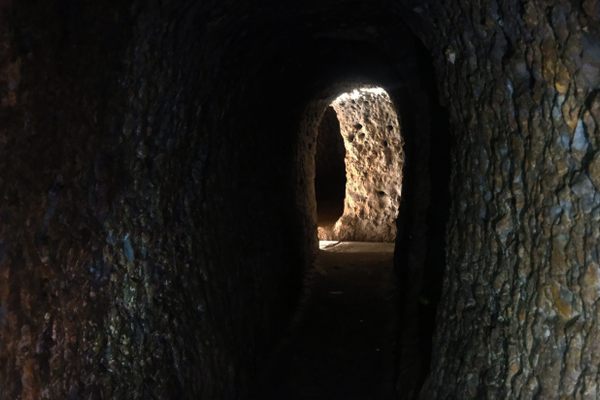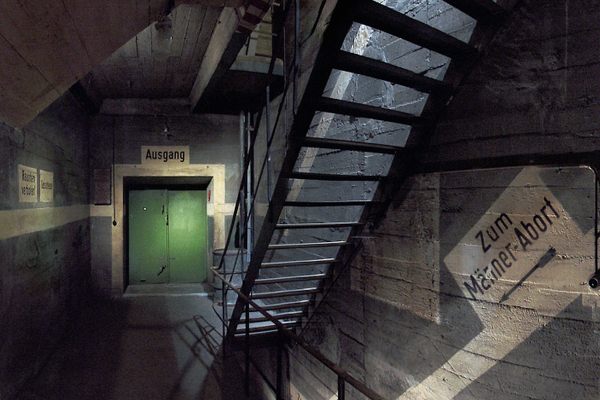About
Outside a remote village in the Chinese countryside, a cold wind blows from the mouth of a cavernous military nuclear facility drilled deep into the roots of an ancient Chinese mountain.
In the 1960s, at the height of the Cold War and amid rising tension between the Soviet and Chinese governments, the Chinese Communist Party began relocating its military installations inland, away from major targets in the large coastal cities. The 816 Nuclear Reactor was Communist China's first foray into building its own nuclear reactor capable of producing weapons-grade plutonium without Soviet assistance.
To further protect against a nuclear attack, Premier Zhou Enlai approved a project that called for building the reactor underground, adding an extra layer of complexity to an already difficult engineering process. For the following 18 years, more than 60,000 workers were dispatched to an isolated base in the remote Sichuan mountains, at that time only reachable by boat. The tunnels were dug using only small drills, shovels, and dynamite, and official figures state that at least 100 workers died due to the harsh and dangerous working conditions, although it is suspected that the actual number is much higher.
Due largely to the changing circumstances of the Cold War, the project was abruptly called off in 1984, with construction of the doomed project only 85 percent completed. For 26 years, the site lay mostly abandoned, used for storage and as a fertilizer factory, before opening its doors to Chinese tourists in 2010. A few years later, it was opened to foreign tourists, and it now enjoys some popularity as part of the "Red tours" that follow the trail of famous sites from the Chinese Communist Party's history.
Tourists are whisked by golf carts through tunnels wide enough to accommodate an 18-wheeler and into a football-field sized cavern resplendent in color-changing neon lights. The guided tour winds through a maze of compartments and passageways within the base's 20 stories and kilometers of tunnels. Visitors are led into a reactor room with neon-colored tubes representing the radioactive fuel rods, alongside channels for pumping water up from the river at the base of the mountain, through a room filled with radioactive measurement equipment, and up and down rusted stairwells adorned with fading communist slogans.
While the sacrifices of the soldiers and workers who built this facility did not ultimately contribute to the development of China's nuclear prowess, the 816 Nuclear Base still stands as a testament to what man can achieve through sheer willpower and persistence.
Related Tags
Know Before You Go
While transportation has come a long way since the little village of Baitao could only be accessed via boat, the site has only been recently opened to tourists and so transportation options are somewhat limited. From the small city of Fuling, itself a suburb of the massive Chongqing Metropolis, there is a direct bus to the site. Take Bus #208C from the Xinghua E. Rd. Bus Station (兴华东路公交首末站) past the city of Baitao, to the stop labeled 核军工洞 (it will be obvious when you've arrived). The bus is often crowded and seating is limited, so travelers may prefer to just hire a driver to take them directly to and from the site. As of 2019, tickets cost 70 yuan, and include the cost of a golf cart ride through the long tunnels into the heart of the mountain base. The entire tour takes a maximum of two hours, and includes a tour guide, although tours are only offered in Chinese. Expect small crowds during Chinese holidays and few visitors during the rest of the year.
Community Contributors
Added By
Published
October 14, 2019
Sources
- https://en.wikipedia.org/wiki/816_Nuclear_Military_Plant
- https://www.nytimes.com/2017/01/24/world/asia/china-fuling-nuclear-816.html
- https://www.cnn.com/travel/article/china-nuclear-plant-tourism/index.html
- https://www.telegraph.co.uk/travel/destinations/asia/china/articles/china-opens-worlds-largest-underground-nuclear-bunker-816/






























